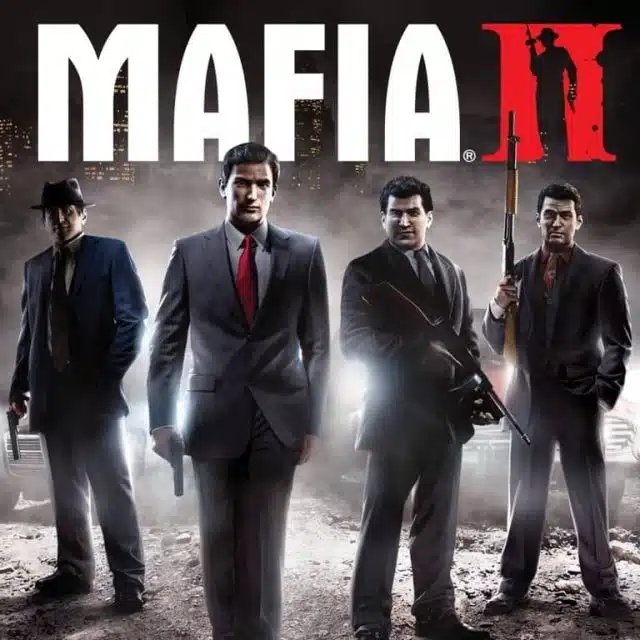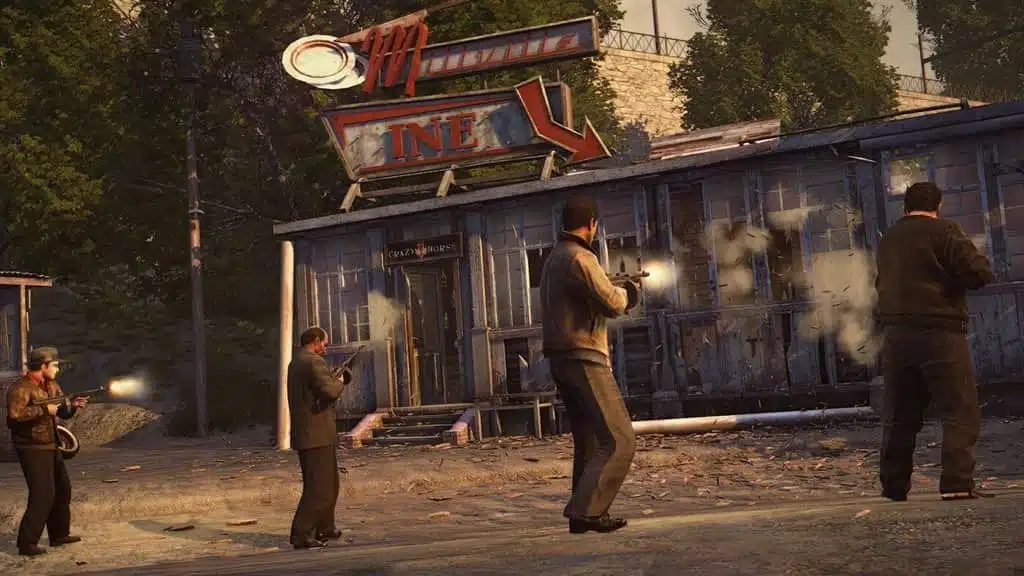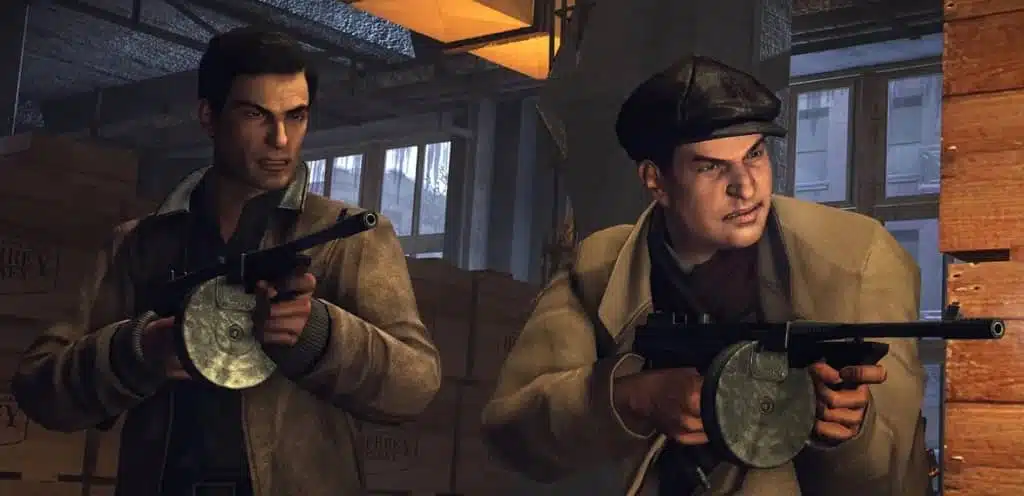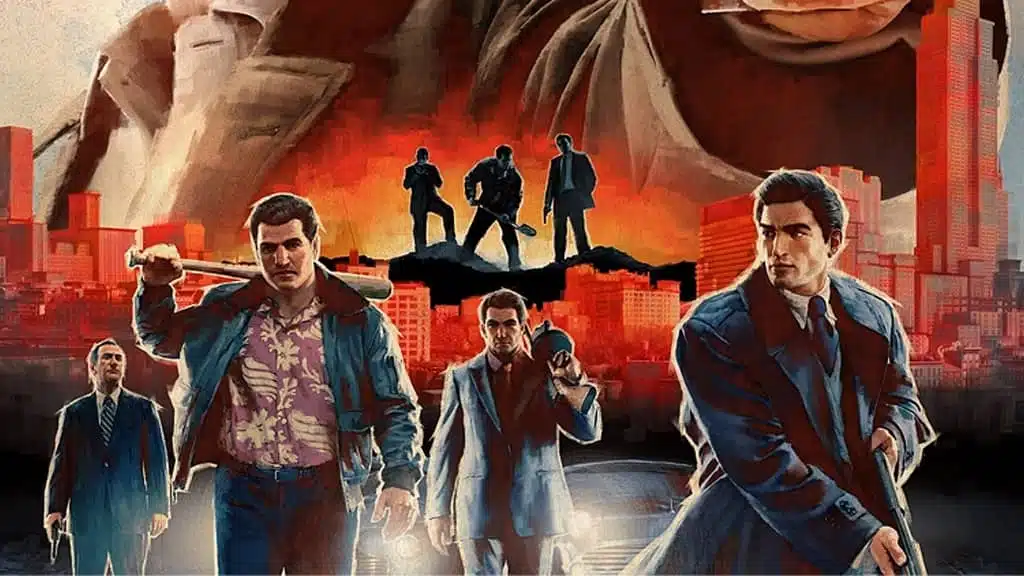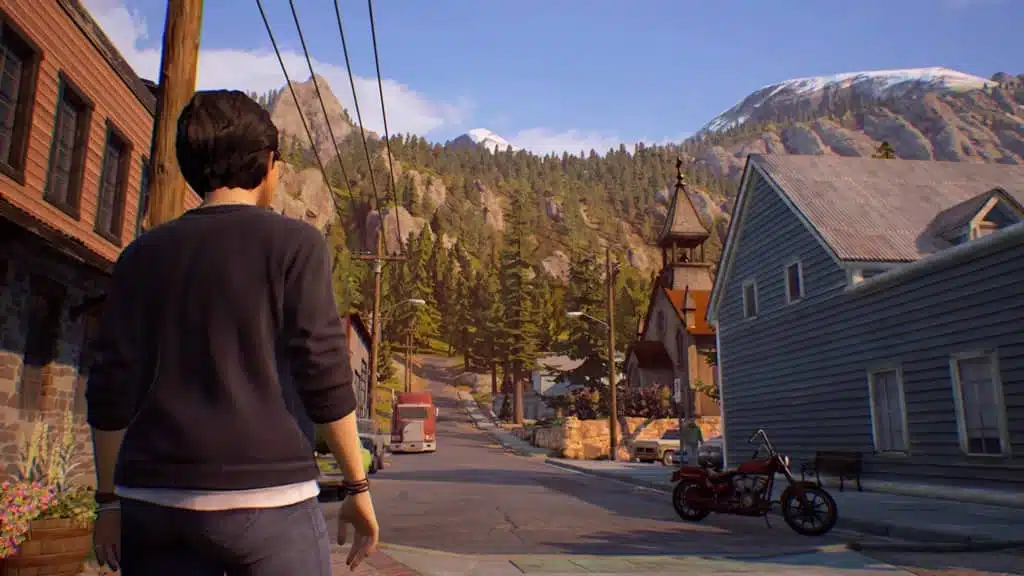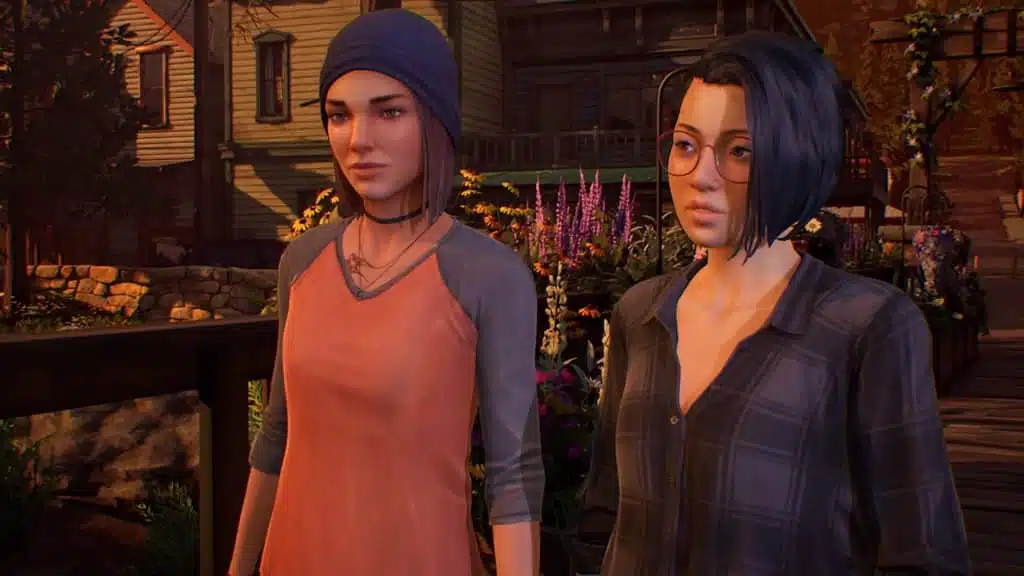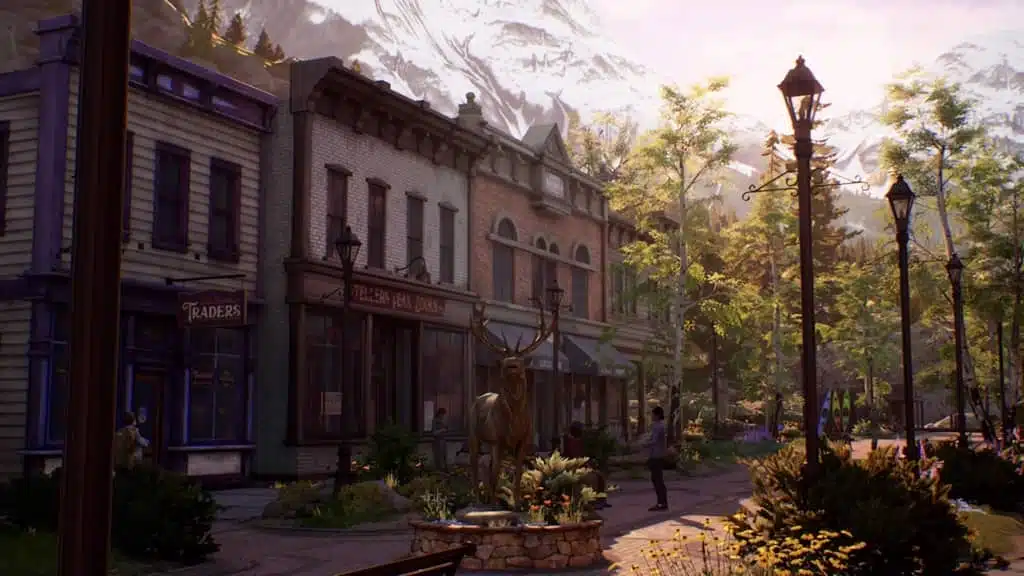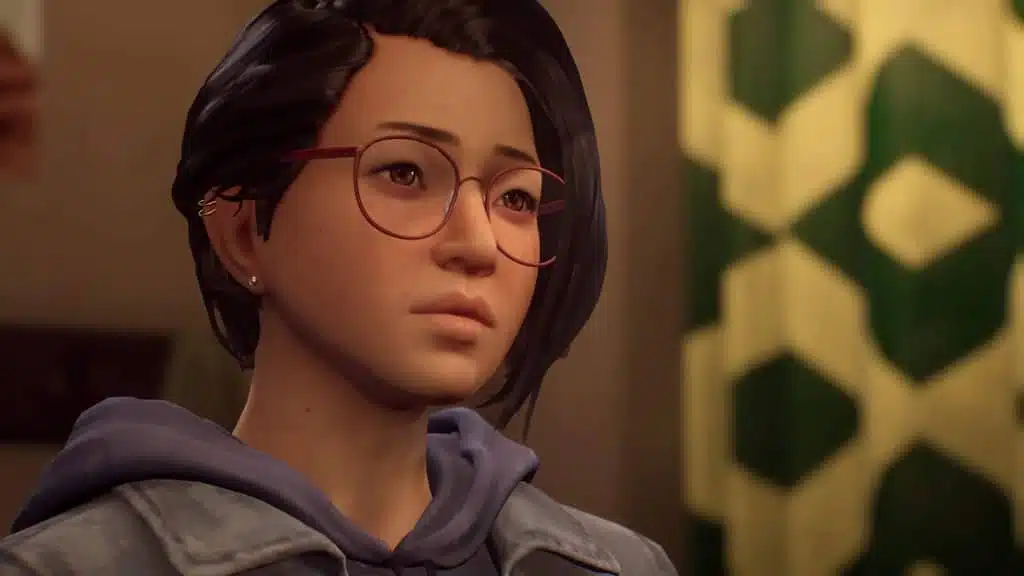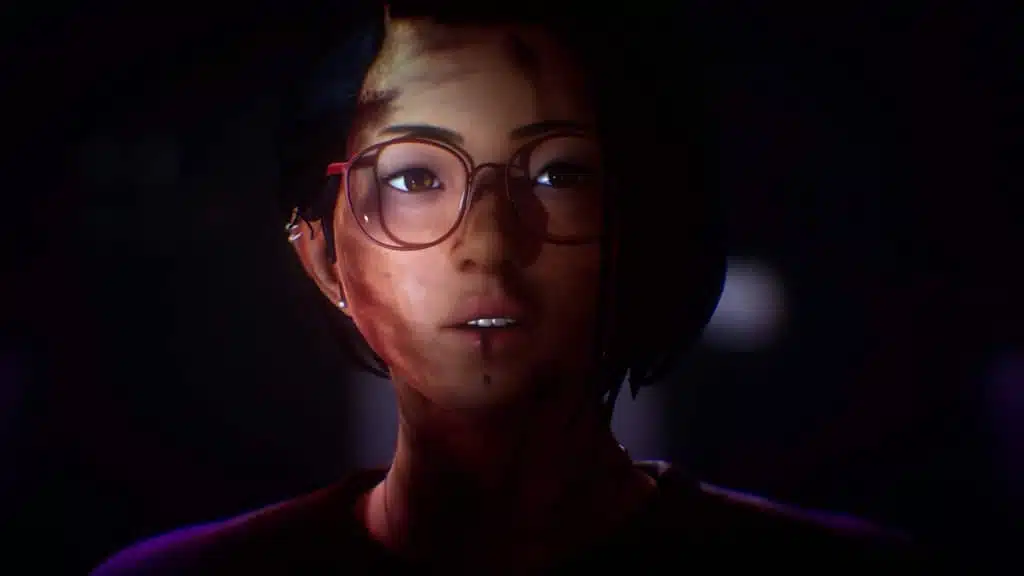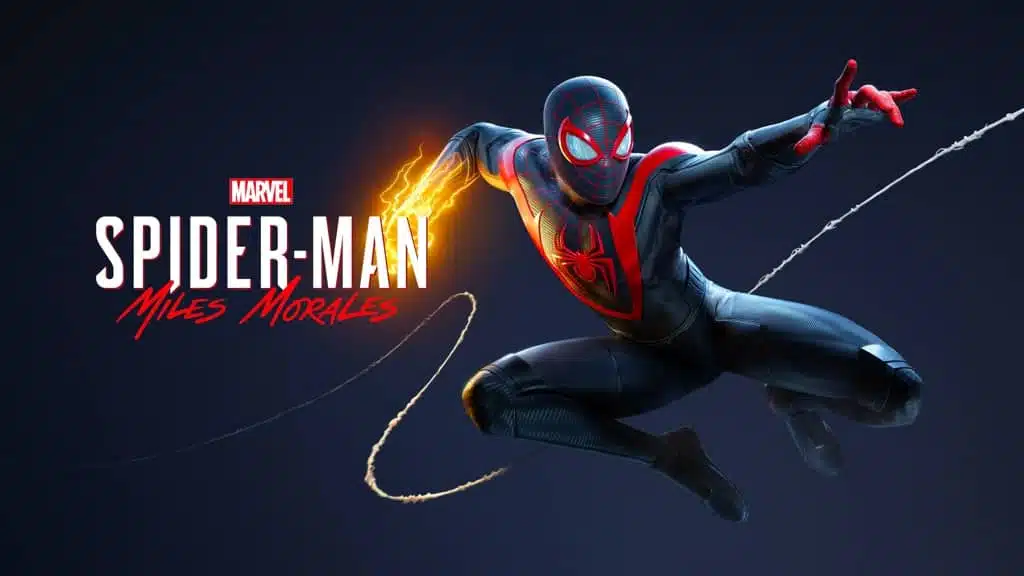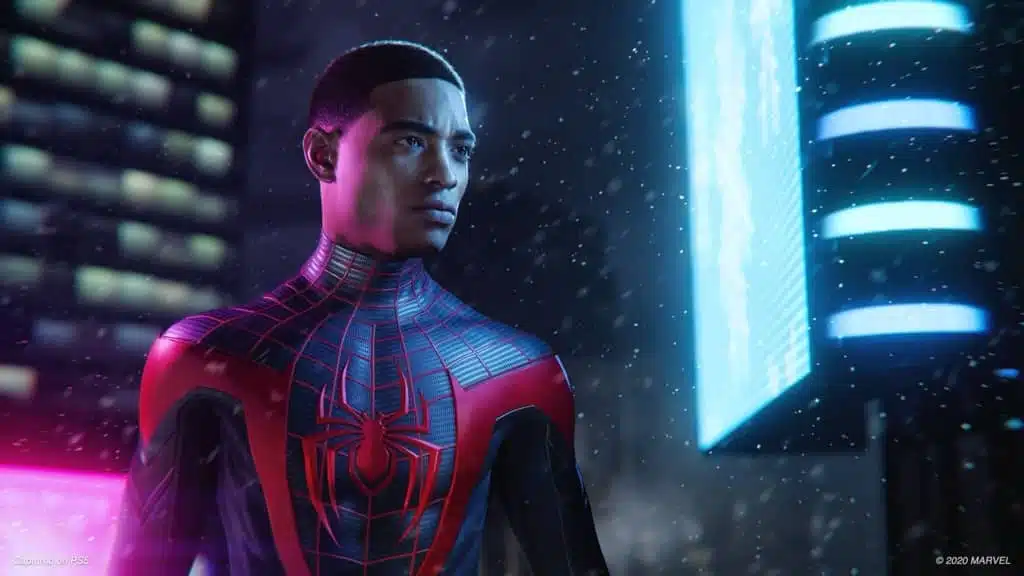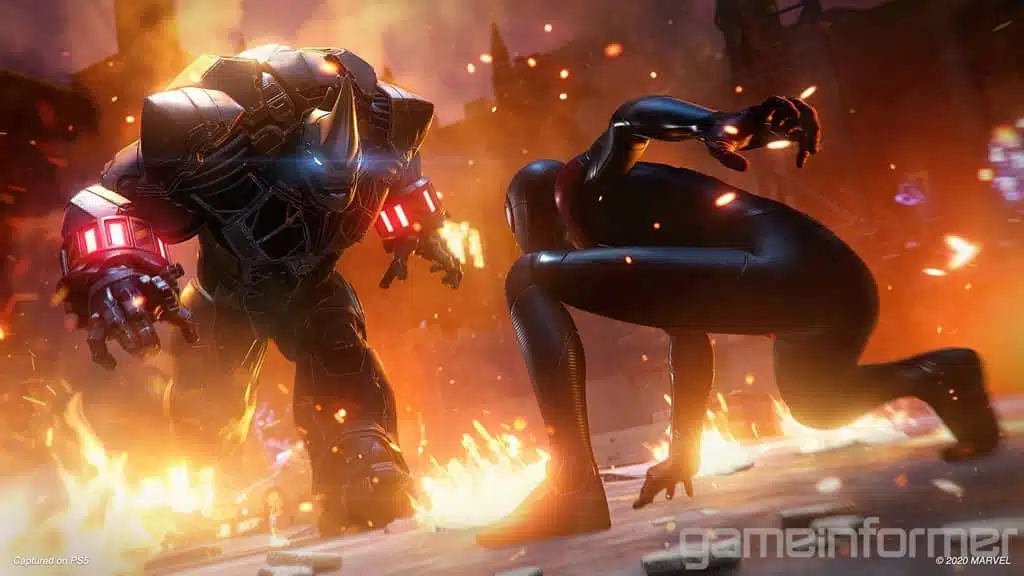A Plague Tale: Requiem – Beautiful, But Not Better Than the First.
Title: Plague Tale Requiem
Developer: Asobo Studio Publisher: Focus Entertainment
Platform Reviewed: PlayStation 5
Released: October 18th, 2022
Platforms Available: PlayStation 5, Xbox X/S, PC, Nintendo Switch(Cloud Only)
Article Reading Time: 7 minutes
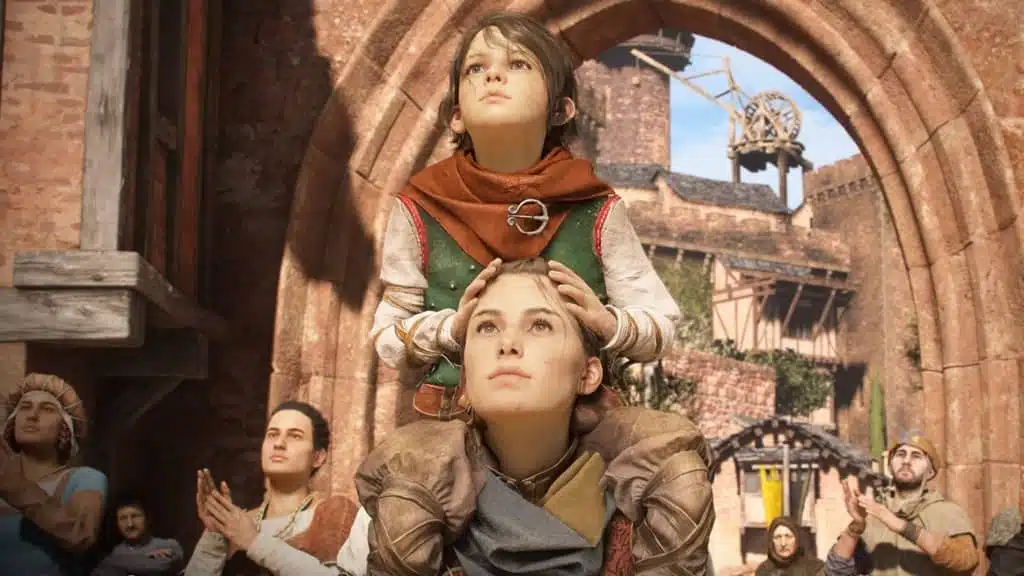
Déjà Vu in a Time of Pestilence
“A Plague Tale: Requiem” is a game that brings back the familiar world of its predecessor, “Innocence.” Players will find comfort in the core gameplay mechanics, such as using a sling, alchemical tricks with light and shadow, and stealthy navigation around guards and rats. However, this may feel repetitive for those who have spent countless hours playing the first game.
Adding a crossbow and refined dodge mechanic offers a fresh take on combat, but they are still small changes in the grand scheme. Players may wish for a more significant revamp of Amicia and Hugo’s arsenal to make it feel more exciting.
The Story: Threads of Triumph and Disappointment
“Requiem” opens with a compelling narrative hook, thrusting us into a medieval world on the brink of collapse. The plight of Amicia and Hugo, their desperate struggle against both plague and human cruelty, instantly draws sympathy. Yet, as the hours on, the tale stumbles. The middle chapters lose tension; the urgency that propelled the opening is replaced with a slower, less gripping pace. While this allows some interesting character moments, it dilutes the sense of imminent danger.
Thankfully, the story rebounds as it nears its conclusion. The dramatic revelations about the Prima Macula, the ancient legacy fueling Hugo’s powers, are genuinely riveting. Even with its uneven pacing, “Requiem” weaves a tale worth experiencing, though it sadly never quite reaches the heart-pounding, relentless tension of the original.

A Masterpiece of Misery
Visually, “Requiem” stands as a triumph. Artists have meticulously crafted a vision of 14th-century France ravaged by the Black Death. Grotesque beauty emerges from scenes of decay: crumbling villages awash in vibrant wildflowers, abandoned chateaus bathed in the eerie glow of rat swarms. The meticulous detail in every environment is remarkable, a testament to the developers’ artistry.
This macabre beauty is mirrored in the haunting score. Mournful melodies and discordant notes underscore the constant dread and desperation. It’s a testament to the power of music in games, amplifying the emotional resonance of “Requiem’s” world.
A Journey Cut Short… Or Perhaps Just Right?
“Requiem” offers a more concentrated journey than its predecessor, “Innocence”. This brevity will likely be a point of contention among fans. Some may mourn the shorter playtime, yearning to spend more hours lost in the game’s grimly beautiful world. Others might welcome the focused narrative, finding it thrillingly paced and free from the bloat that can sometimes plague longer adventures. Could the shorter length imply a tighter, more impactful story? Or does it leave players wanting more time to explore this unique world and its characters? This question will likely fuel lively discussions within the “A Plague Tale” community.
Familiar Footing: Strengths and Stumbles in Gameplay
“Requiem” offers a feast for the eyes and ears, immersing players in a world of extraordinary visual detail and a haunting soundscape. However, when it comes to gameplay, it treads familiar ground. The core mechanics of stealth, resource management, and those ingenious light-and-shadow puzzles will all feel immediately recognizable to veterans of “Innocence.” This familiarity offers a certain comfort, a seamless return to the tense rhythms of navigating a hostile world. Yet, for players craving a revolutionized gameplay experience, this adherence to the established formula might feel underwhelming. “Requiem’s” gameplay is not inherently flawed, but it lacks the bold innovation that might entice those entirely new to the series. Seasoned fans will likely find it satisfying, but newcomers might need the stunning visuals and compelling narrative to hook them in honestly.
The Enigma Fades, But Intrigue Remains
One of “Innocence’s” most potent elements was its veil of mystery, a palpable sense of the unknown hanging over every twist and turn. “Requiem,” while retaining a degree of the enigmatic, feels less shrouded in secrets. A more focused narrative replaces the initial thrill of discovering the world and its dangers. This doesn’t mean the story lacks intrigue; instead, the intrigue shifts. Instead of the wide-eyed wonder of unraveling a world’s secrets, “Requiem” offers a more somber fascination with the legacy of the Prima Macula. It draws the player into the unfolding tragedy of Hugo’s fate, fueling a desire to understand the ancient power that both plagues him and offers a sliver of hope. While this may be less exhilarating than the first game’s revelations, it carries its own weight of curiosity and anticipation.

“Requiem” poses a unique challenge for reviewers, demanding a delicate balancing act between appreciation and critique. At its core, “Requiem” delivers a captivating experience with its stunning visuals and an emotional, if occasionally uneven, story. It’s a world expertly crafted to evoke both awe and despair. However, it exists firmly in the shadow of its predecessor, and direct comparisons are impossible to avoid. “Requiem” excels in artistry, painting a more vibrant and sonically rich world than “Innocence”. Yet, its gameplay and narrative feel less like bold leaps forward and more like iterations on a well-established formula. As a standalone game, “Requiem” shines, but weighed against its predecessor, it reveals a lack of the same transformative power that made “Innocence” so unforgettable.
Epilogue: A Gripping Yet Flawed Gem
“A Plague Tale: Requiem” stands as a worthy successor to “Innocence,” a testament to the enduring appeal of Amicia and Hugo’s story. While the familiar mechanics and a slightly diminished sense of mystery might disappoint those hoping for radical innovation, “Requiem” still delivers a profoundly atmospheric experience. It’s a world painted with harrowing darkness and surprising beauty, where rat-infested ruins coexist with lush, sun-dappled meadows. The relentless tension of the first game may ebb at times, but it’s replaced by a growing sense of dread and the bittersweet pain of watching Amicia and Hugo struggle against their intertwined fates. “Requiem” may not be a perfect sequel, but its moments of brilliance – both in narrative twists and the stunning visual artistry – ensure that this journey through a plague-ravaged world will stay with you long after the final credits roll.
Buy Plague Tale: Requiem
PlayStation Store . Xbox Store . Steam . Epic . Nintendo Switch (Cloud Only)


